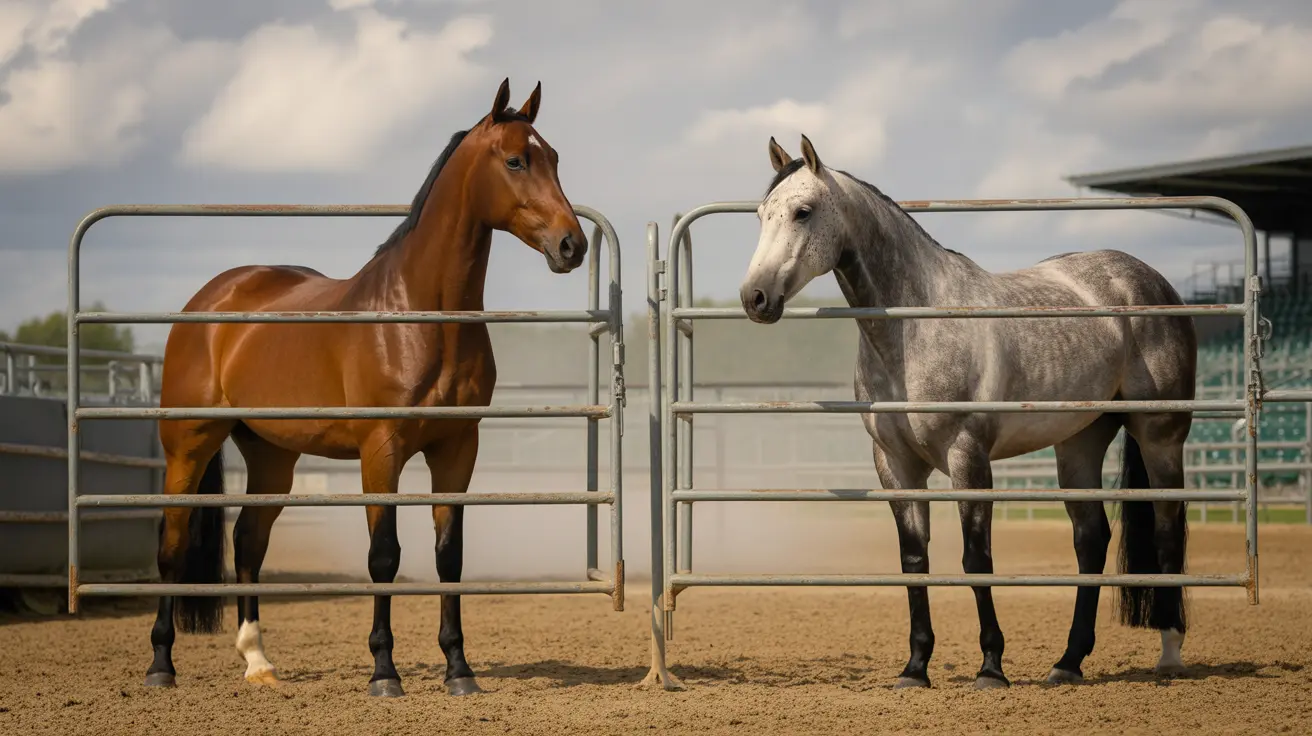What Fleas Hate the Most – Key Factors That Deter These Persistent Pests
Fleas are a common nuisance for pets and their owners, capable of wreaking havoc year-round. While often associated with the warmer months, these pests have evolved adaptive behaviors that allow them to survive even during winter. However, understanding what fleas hate the most is key to preventing infestations and maintaining a healthy home and pet environment.
1. Cold Temperatures
Fleas hate cold weather. They thrive in warm, humid environments with an ideal temperature between 24–30°C (around 75°F). Exposure to freezing temperatures—especially below 3°C (37°F) for prolonged periods—can slow development or even kill flea eggs and larvae housed outdoors. However, many fleas survive winter by remaining on warm-bodied hosts like pets or wild animals, or in protected indoor areas.
2. Dry Environments
Humidity plays a critical role in the flea life cycle. Fleas require moist conditions to flourish, preferring environments with high relative humidity. Dry air acts as a natural deterrent, disrupting larvae development and desiccating adult fleas. Homes with low indoor humidity during winter can be less favorable for flea populations.
3. Regular Cleaning and Hygiene
Fleas dislike clean environments. Vacuuming and washing soft furnishings at high temperatures break the life cycle by removing eggs, larvae, and adult fleas. Maintaining household cleanliness creates an unfriendly habitat for fleas to thrive.
- Vacuum carpets and upholstery regularly to remove flea eggs and larvae.
- Wash pet bedding at 60°C (140°F) or higher to kill fleas on contact.
- Clean areas where pets spend time, including furniture, rugs, and vehicles.
4. Frequent Grooming and Health Maintenance for Pets
Fleas favor weakened or young animals as easier hosts. Keeping pets healthy strengthens their resistance to parasites. Grooming also directly reduces flea populations and enables early detection.
- Use flea combs to catch and remove fleas from pet fur.
- Bathe pets frequently with vet-approved anti-flea shampoos.
- Maintain a balanced diet and regular exercise to support your pet's immune system.
5. Year-Round Flea Prevention Treatments
Fleas hate chemical barriers. Consistent application of preventative treatments—especially through the winter—can stop fleas in their tracks. Missing even a few doses allows residual flea populations to rebound.
- Apply vet-recommended topical or oral flea preventatives for your pet year-round.
- Consult your veterinarian for tailored flea protocols based on pet type, location, and lifestyle.
- Don’t cease winter treatments; dormant flea larvae can hatch as temperatures rise, leading to infestations.
6. Flea-Repellent Plants and Clean Outdoor Areas
Certain natural elements can deter fleas in garden or home surroundings. Herbs like rosemary, lavender, and mint are known to repel fleas naturally.
- Keep lawns trimmed to reduce tick and flea habitats.
- Remove leaf litter and debris where fleas might hide.
- Use natural deterrents such as cedar chips or diatomaceous earth in gardens or pet-friendly zones.
7. Lack of Hosts
Fleas rely on blood meals from hosts to survive and reproduce. Without a host, adult fleas typically die within several days. Disrupting their access to pets or wildlife minimizes their sustenance and ability to propagate. This is especially relevant in urban or suburban areas where wild animals like raccoons or opossums act as flea carriers.
8. Disruption of the Flea Life Cycle
Adult fleas comprise only a fraction of the total population. Most exist as eggs, larvae, or pupae in the environment. Breaking the life cycle at these stages is crucial:
- Clean and sanitize areas where pets rest.
- Use treatments that target all flea stages.
- Avoid introducing untreated animals into your home.
Why Prevention is Easier Than Elimination
Once fleas establish themselves, elimination becomes difficult. A single flea can lay up to 50 eggs per day, leading to thousands within weeks. Additionally, pupae can lie dormant in cocoons for up to five months or more until conditions become favorable. Complete eradication often requires intense environmental treatment and veterinary support.
Conclusion
In summary, fleas hate cold, dry environments, cleanliness, groomed and healthy hosts, and regular flea preventatives. By understanding these vulnerabilities, pet owners can effectively prevent infestations before they begin. Consistency in flea protection—especially during winter when vigilance tends to lapse—is key to protecting pets and homes year-round.





